Artificial reefs can bolster seagrass growth in the tropics and could help mitigate climate change, scientists say
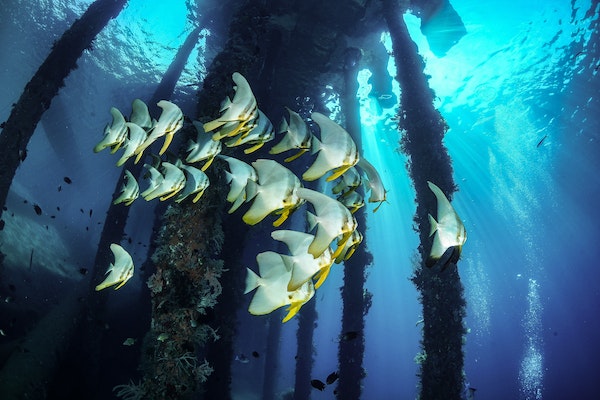
New research has found that artificial reefs could help restore the ocean’s ability to resist the impacts of climate change.
The study, published in Proceedings of the Royal Society B, revealed that artificial reefs can bolster the growth of seagrass in the tropics, even as threats such as fishing and nutrient pollution continue. Specifically, the artificial reefs boost the productivity of seagrass meadows by attracting fish, which can improve the ability of these habitats to lock up more carbon dioxide beneath the waves.
“By attracting fish, whose feces provide concentrated nutrients for the seagrass, the artificial reefs increase the primary production of the entire ecosystem,” Dr. Jacob Allgeier, a co-author of the paper. “We are now investigating how this cascades up the food web. The new energy has to go somewhere, so we are quantifying how it affects invertebrates and fish, with our evidence suggesting that it is fueling increases in both.”
Seagrass meadows are found globally, reaching from the tropics up into the lower reaches of the Arctic Circle. They are valuable habitats, providing a nursery for young fish as well as removing vast quantities of carbon dioxide from the atmosphere. However, seagrass meadows have been shrinking for almost a century due to disease, nutrient pollution and overfishing. A UN report estimates that seagrass meadows are declining by around 7 percent annually.
Aside from destroying key habitats, this decline also triggers seagrass to release carbon stores, with disturbances in seagrass meadows thought to emit emissions equivalent to around 3 percent of deforestation globally, despite a vast difference in scale.
The potential for seagrass to help mitigate climate change has led to considerable interest in restoration efforts. Research has shown that restored seagrass is just as good at storing carbon as undisturbed meadows, making it a promising “blue carbon” strategy.
However, seagrass restoration is not a simple solution: It has to be planted by divers, which makes it a time-consuming process. It’s also difficult to stop the root causes of seagrass decline during restoration, meaning dead plants often need to be replaced.
One of the biggest issues affecting seagrass is nutrient pollution, often from the release of human sewage. While the influx of nutrients can initially boost the growth of the meadows, it also promotes the growth of algae, which reduces the amount of sunlight getting to the seagrass and harms it in the long run.
Alongside fishing, which causes levels of the fish feces that fertilize the meadows to drop, it was thought that the combination of these two issues might work in unexpected ways to hinder the growth of seagrass.
But this recent study unveiled some surprising results. Findings indicate that the productivity of seagrass in both disturbed and undisturbed meadows was increased by the presence of an artificial reef, while algae didn’t seem to pose an issue – even in areas where nutrient pollution was high.
“Artificial reefs built in seagrass create a positive feedback loop. They attract fish that use the reefs for shelter which, in turn, supply new nutrients from their feces that fertilize the seagrass around the reef,” said Mona Andskog, the Ph.D. student who led the research. “This increased primary production can increase invertebrate production by providing more food and shelter for invertebrates, which in turn provide more food for fishes.”
The scientists plan to explore how the placement of artificial reefs can affect seagrass ecosystems and to expand their research to the Dominican Republic.
“We will be testing how different configurations of artificial reef clusters can affect the production and fish community composition,” said Allgeier. “This includes the number of artificial reefs in each cluster, as well as their arrangement. As with this research, we hope to simultaneously use the reefs to test fundamental questions about production in these highly impacted ecosystems as well as optimizing the positive feedback that is initiated by the artificial reefs.”
Follow the Advocate @GSA_Advocate
Now that you've reached the end of the article ...
… please consider supporting GSA’s mission to advance responsible seafood practices through education, advocacy and third-party assurances. The Advocate aims to document the evolution of responsible seafood practices and share the expansive knowledge of our vast network of contributors.
By becoming a Global Seafood Alliance member, you’re ensuring that all of the pre-competitive work we do through member benefits, resources and events can continue. Individual membership costs just $50 a year.
Not a GSA member? Join us.
Author
Related Posts
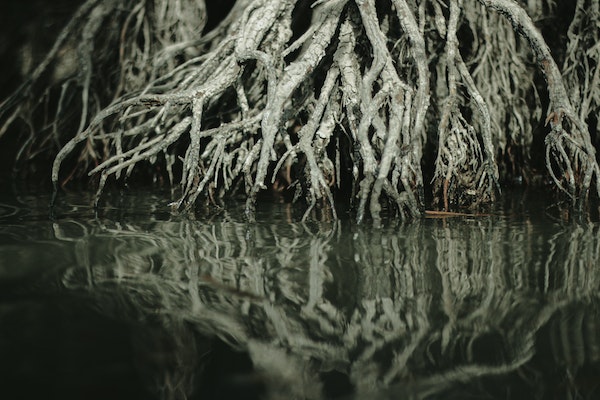
Intelligence
Can seagrass and mangrove restoration help mitigate ocean acidification and climate change?
Researchers suggest seagrass and mangrove restoration could also remove carbon through a novel pathway while combating ocean acidification.
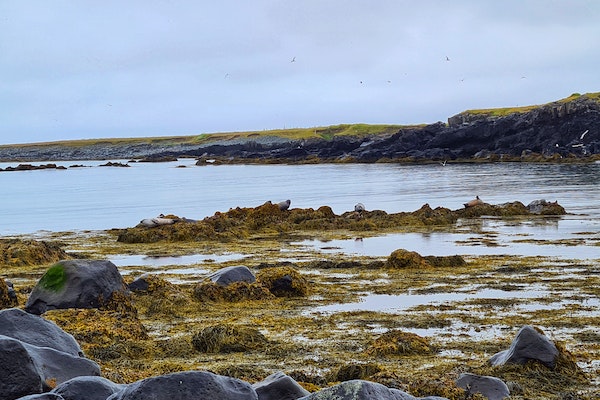
Responsibility
Seagrass at risk of decline from the effects of climate change, study concludes
Scientists project seagrass to decline in abundance and composition from the effects of climate change, even in a “best case” scenario.
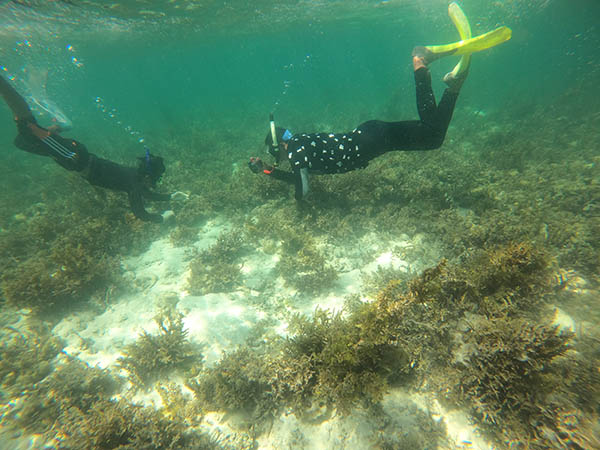
Responsibility
With ocean warming, wild seaweed stocks risk collapse without protection, experts warn
With ocean warming, scientists warn that urgent international protection measures need to be implemented to protect wild seaweed stocks.
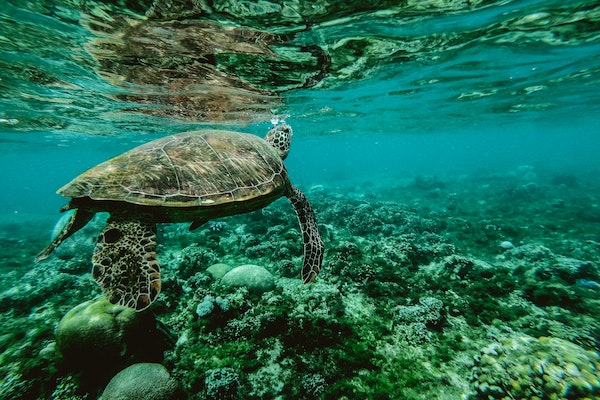
Responsibility
Hottest ocean temperature record set in 2022 for seventh consecutive year
Research says a record-high ocean temperature combined with greater salinity could create inhospitable ocean conditions for marine life.



